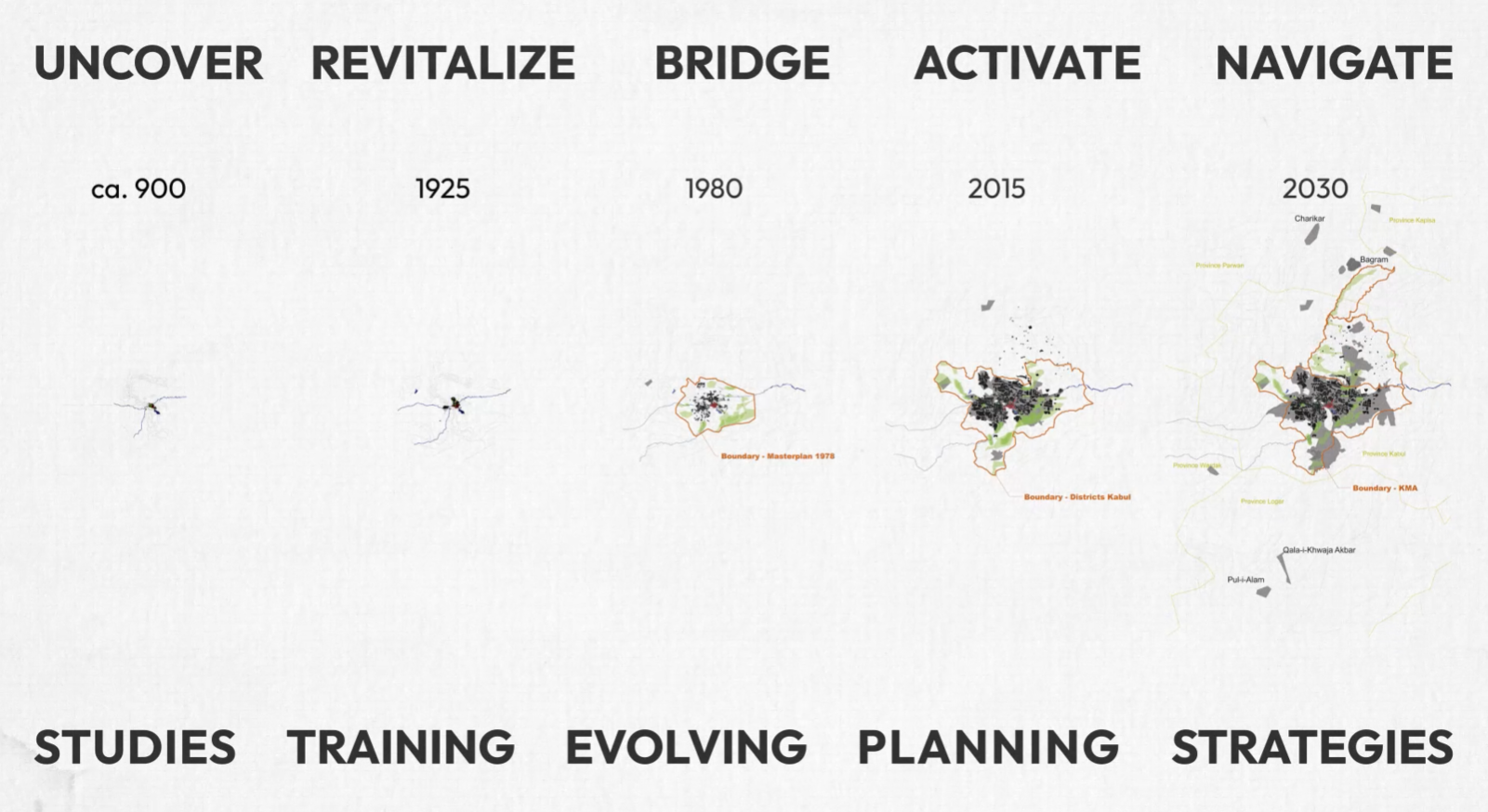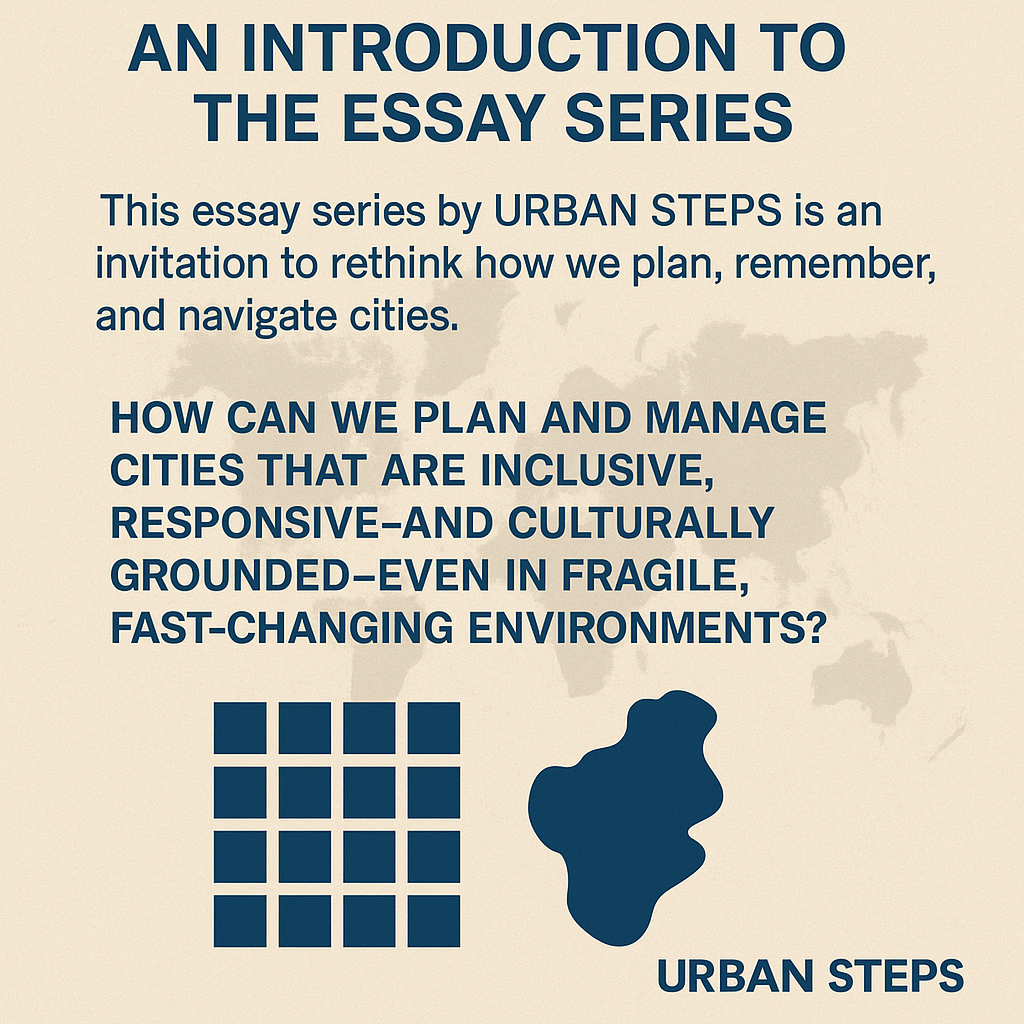
From Fragmentation to Strategic Alignment in Urban Development
Introduction
Cities are not made by grids.
Nor are they governed purely by the ground.
They emerge through memory, resistance, negotiation—and
the quiet logic of lived space.
Urban systems are too complex to be reduced to either
planning doctrines or community myths. Instead, they unfold where these logics
intersect—sometimes in conflict, often in tension, and occasionally in creative
alignment. This blog post explores that very intersection: where top-down
control meets “bottom-up” (grassroots) resilience, and where urban
responsibility must be redefined.
1. Urban Systems Are Layered—Not Binary
The notion that cities must be either formal or
informal, planned or spontaneous, is misleading. In reality, urban environments
evolve through overlaid systems: historical morphologies, community
regulations, institutional grids, and fragmented interventions.
Urban logic is layered, not linear.
A city plan might follow a grid, but its everyday use bends to paths shaped
by need,
memory, and habit. This layered condition must be acknowledged not as a
flaw, but as a
resource.
2. Mapping Responsibility—From Community to
Control
Responsibility in urban planning is often equated with
administrative authority. But in many contexts, communities organize themselves
with remarkable precision: through shared rules, collective action, and spatial
agreements that emerge from practice, not from policy.
§ This duality reveals a critical gap:
- self-regulated clusters
operate through initiative, negotiation, and collective memory.
- centralized grids
impose structure, but often ignore or overwrite local systems.
Bridging this gap requires more than integration. It
requires translation—of norms, tools, and timelines.
3. Ground Meets Grid—Strategic Bridging as Method
Where state-led zoning meets self-organized urban
life, friction is inevitable. But this friction is not only a barrier. It can
be productive—if addressed through co-governance and hybrid models.
We need strategic bridging:
§ urban prototypes that honor both regulation and local
adaptability
§ planning that acknowledges lived experience as a
legitimate framework
§ policies that are flexible enough to be negotiated,
yet stable enough to guide
Responsibility, in this light, is not a fixed mandate.
It is a process—one that must actively involve plans and people, maps and
memories.
Conclusion: A Call for Urban Alignment
The future of urban governance will not be decided by
better zoning codes alone. Nor by romanticizing ground-level informality.
It will be shaped by the spaces in-between, where
planners, communities, institutions, and intermediaries co-create tools that
allow for alignment without assimilation.
Let us stop asking: Which model is right?
And start asking: What does the space between models
require?
Next Step:
Join the dialogue. Shape the strategy. Walk the
ground.
